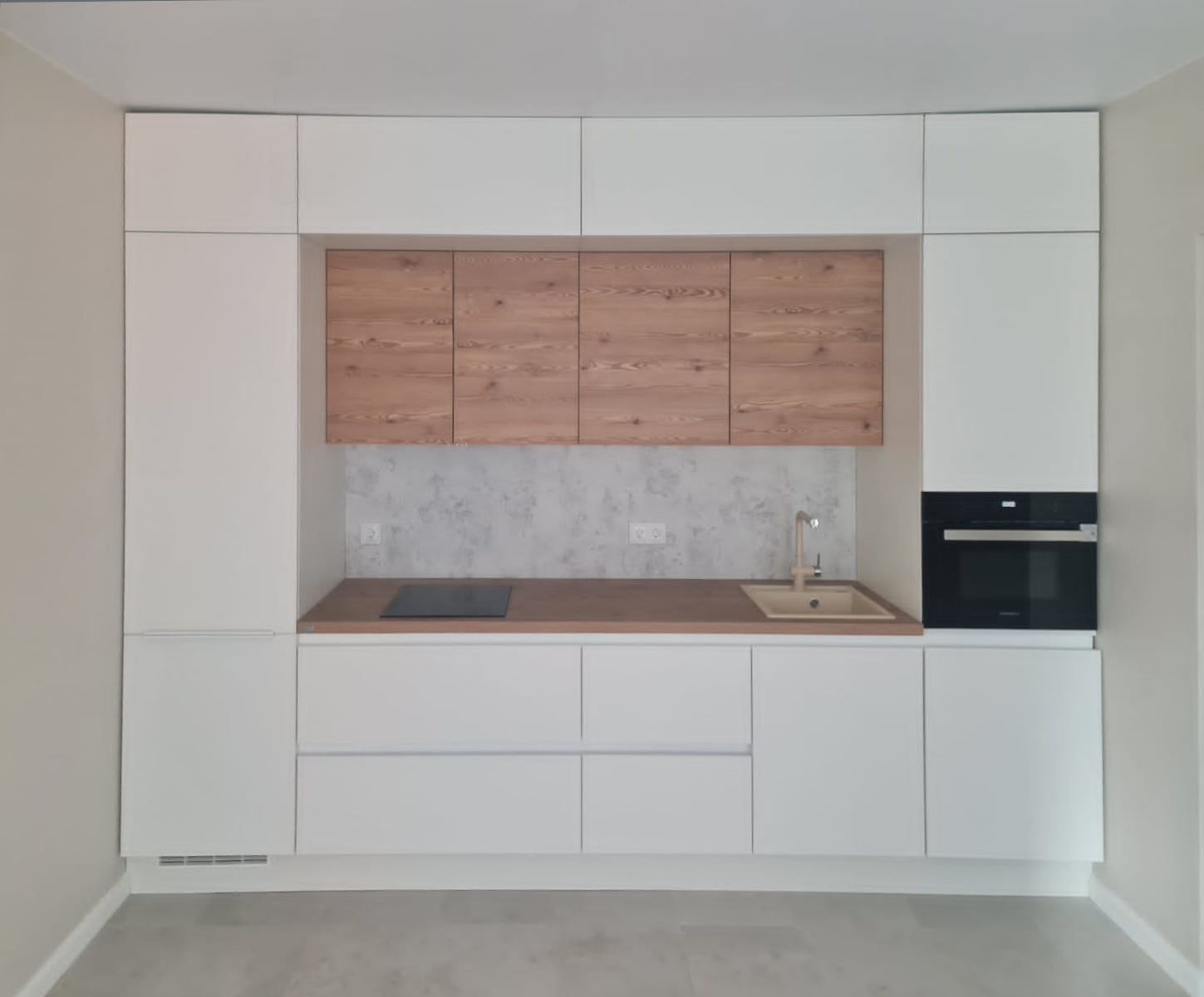
Introduction to Redefining Culinary Spaces
The culinary world is ever-evolving, with new trends and technologies reshaping how chefs and food enthusiasts create and enjoy gastronomic experiences. But beyond the plate, there's an equally significant revolution happening in the spaces where food is prepared and savored. From innovative kitchen designs to multi-use venues, culinary spaces are being redefined to meet the demands of modern society and reflect the changing landscape of food culture.
The Evolution of Kitchen Design
In the past, kitchens were designed primarily for functionality. Today, they are becoming the heart of the home, a reflection of personal style, and a hub for social interaction. Modern kitchen designs now often include larger spaces with open floor plans, multi-purpose islands, and state-of-the-art appliances that make cooking more efficient and enjoyable. Furthermore, sustainability and eco-friendliness are playing a crucial role in materials and appliances selection, leading to a new aesthetic that merges form with environmental consciousness.
Technologically Enhanced Cooking Environments
Technology is transforming culinary spaces into smart environments that enhance cooking precision and convenience. From intelligent ovens that can be controlled remotely to systems that adjust lighting and ventilation based on the cooking activity, these advancements are elevating the home cooking experience. Restaurants and professional kitchens, too, are integrating cutting-edge equipment like sous-vide machines and molecular gastronomy tools that enable chefs to push the boundaries of flavor and presentation.
Communal and Multi-functional Culinary Spaces
The concept of communal dining and shared culinary spaces is gaining popularity as people seek more social and interactive experiences with their food. This has given rise to multi-functional venues that combine dining, cooking classes, and social events all in one place. These dynamic spaces foster a sense of community and provide a platform for culinary education and exploration, further enriching the food culture landscape.
Experiential Dining and Immersive Culinary Worlds
Experiential dining is not just about what's on the plate; it's also about the ambiance and environment. Culinary spaces are now designed to provide a sensory experience that complements the cuisine. From themed restaurants that transport diners to another time or place to tasting menus paired with interactive installations or performances, these spaces engage all the senses and redefine what a dining experience can be.
The Role of Pop-Up Kitchens and Mobile Culinary Spaces
Not all culinary spaces are fixed in one location. Pop-up kitchens and mobile food venues are redefining the concept of a restaurant by bringing the dining experience straight to the people. This trend allows chefs to experiment with different locations and concepts without committing to a permanent space. It also serves as a platform for culinary innovation, making gourmet food more accessible and interactive than ever before.
Conclusion: The Future of Culinary Spaces
As we continue to break the mold of traditional culinary spaces, it's clear that the future is one of adaptation and innovation. With each redesign, these spaces become not just areas for food preparation and consumption, but cultural centers that reflect the diversity and creativity of the culinary arts. Whether in a home kitchen or a professional environment, redefining culinary spaces is about creating experiences that are as memorable and unique as the meals themselves.